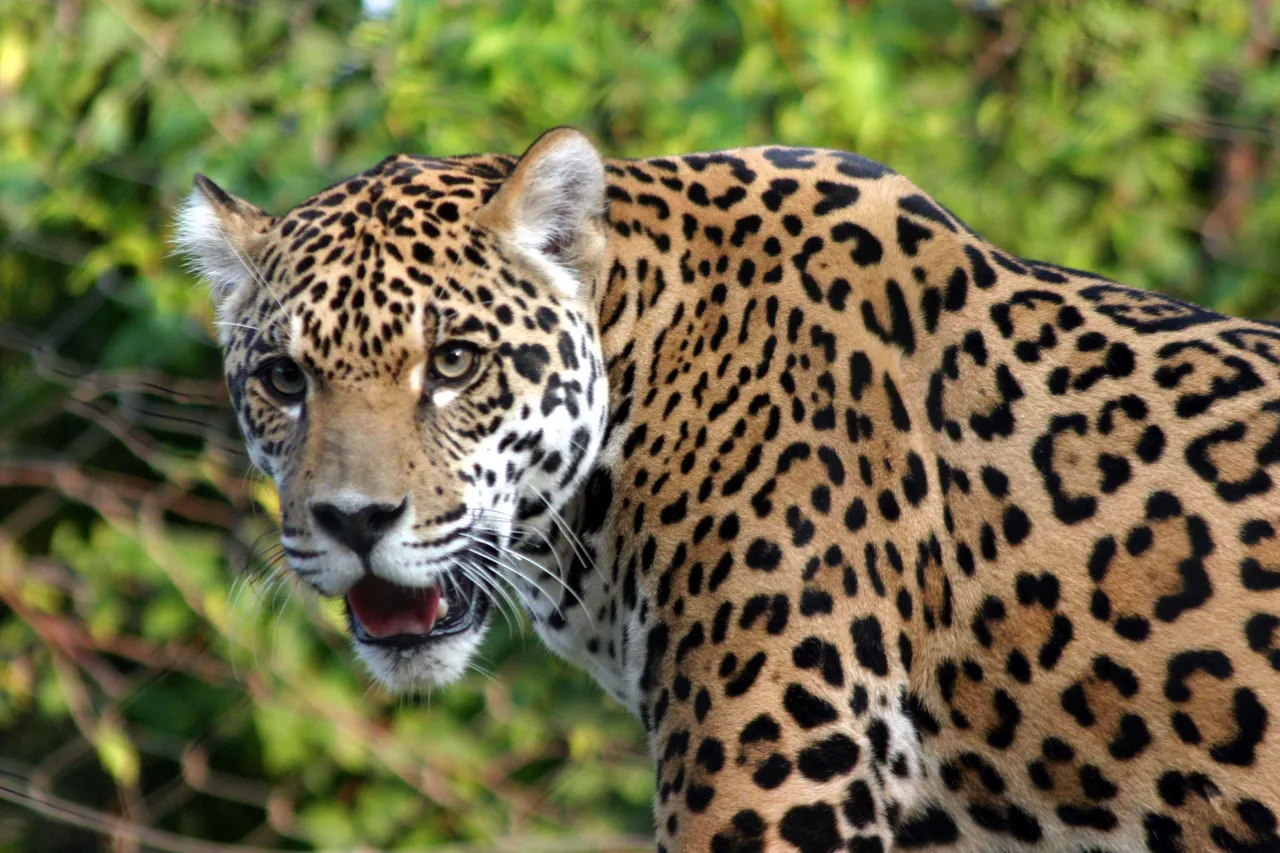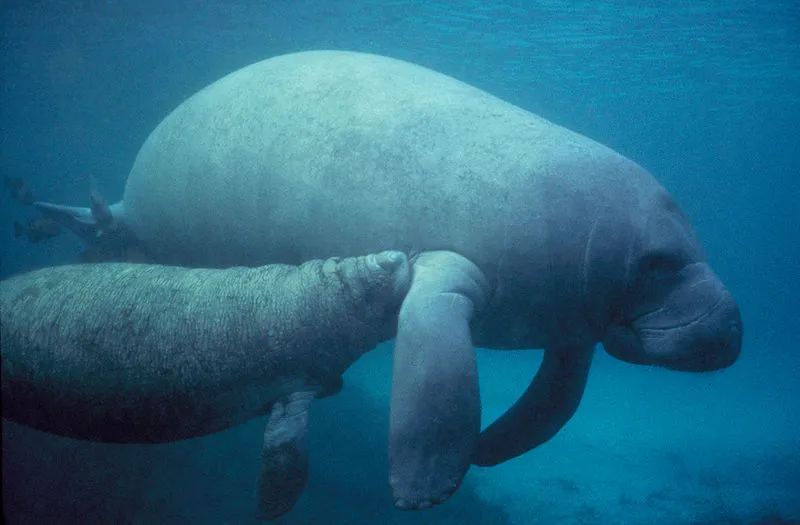It is important to read this information as we must be informed of many things that happen around us that we do not know.
We humans have been responsible for doing enough damage to imminently endanger many species of animals in all parts of the world, not to mention those that have already become extinct due to the destruction of their habitats and the imbalance of food chains. caused by the wrong interaction of man who through hunting, logging or pollution have significantly altered the possibility of life for many animal species that try to survive in the middle of this drama of which we are all guilty. For this reason we are also responsible for doing something for your protection.
Tortuga arrau Podocnemis expansa
Description:
It is the largest of the hard carapace fluvial chelonians in the world. It presents a marked sexual dimorphism, being males smaller than females. An adult female can weigh up to 50 kg and her shell measures 1.07 cm in length. The carapace is dark brown or black, flattened and widened, and the breastplate varies between dark and yellow cream. It is clearly aquatic, and only females abandon water courses to nest on sandbars and beaches that form during the dry season.
Distribution:
Its distribution is wide in the basins of the Amazon, Orinoco and Essequibo rivers. It has been registered in Colombia, Venezuela, Guyana, Brazil, Ecuador, Bolivia and Peru. It is likely to be present in Suriname and French Guiana, but it has not been confirmed. In Venezuela, it is located along the Orinoco River and its main tributaries, from the high Orinoco in the Amazon state to its outlet to the sea in Delta Amacuro. Its abundance is greater in the middle Orinoco, from Caicara to Puerto Ayacucho, and in other rivers that flow, turbid and of little current such as Meta, Capanaparo, Arauca and Apure.
Common names:
Turtle arrau, Orinoco tortoise, Wärara, Totori, Buoreré, Ikorimakaite Arrau sideneck, South American river turtle, Giant south american turtle
Yaguar Panthera onca
Description:
It is the largest of the American felines. It has a robust body, broad head, large frontal claws, short and massive legs. The male measures between 1.72 and 2.41 m, and the female between 1.57 and 2.19 m. It can weigh up to 150 kg. The most common coloration is reddish yellow with black spots, and in the form of circles in its belly of white color, but also presents a melanic form, in which the yellow is replaced by a dark brown to black tone. No two yaguares with the same pattern of spots. Of solitary habits, it is a highly mobile carnivorous species that feeds mainly on mammals and large reptiles.
Distribution:
In the past, the species had a wide distribution that extended from the southwestern United States to northern Argentina. Today, this area has been significantly reduced, occupying 46% of its historical distribution. In Venezuela, its distribution covered almost the entire national territory, with the exception of the state of Nueva Esparta and the highest altitude areas of the Andes mountain range. At present it is relatively common only in the south, in addition to the isolated populations in the Sierra de Perijá, the Cordillera de la Costa, the western plains, the Andean piedmont and the Orinoco delta. In general, this species is associated with water courses and inhabits gallery forests, deciduous forests and humid forests. The only subspecies present in the country is Panthera onca onca.
Common names:
Yaguar, Tiger, Tiger Butterfly, American Tiger Jaguar
Oso frontino Tremarctos ornatus
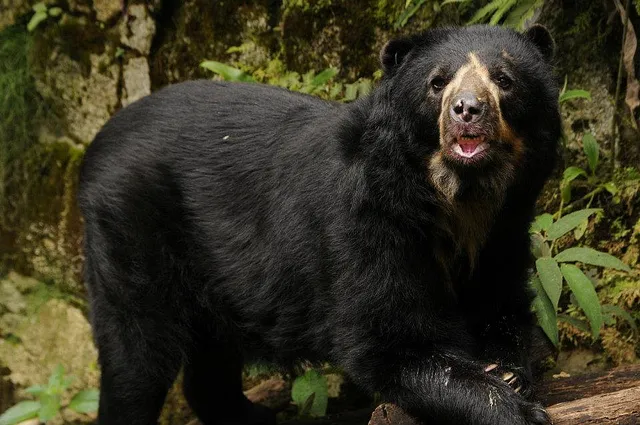
Distribution:
The only living species of the subfamily Tremarctinae and the only ursid in South America. It is distributed in the Andes mountain range from Venezuela to Argentina, from coastal deserts, premontane forests and deciduous, semideciduous and evergreen forests, to páramos and páramos. In Venezuela inhabits the Sierra de Perijá, the massif of El Tamá and the mountain range of Mérida in the states of Barinas, Lara, Mérida, Portuguesa, Táchira, Trujillo and Zulia. Its presence in the country has been reported from 400 to 4,300 m of altitude, although the majority has been located above 1,000 m in premontane and montane evergreen forests (especially cloudy) and páramos.
Common names:
Frontino bear, Andean bear, The wild, Black bear, Ucumari, Mashiramo Spectacled bear, Andean bear
Cóndor Vultur gryphus
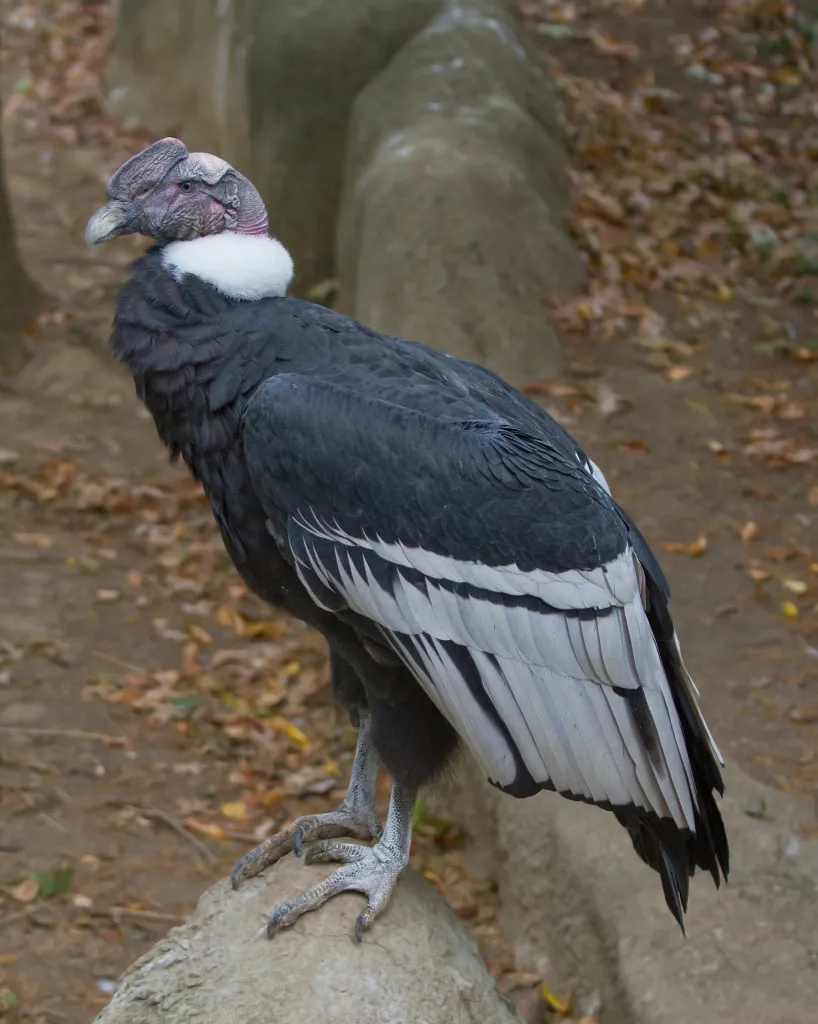
Carriage bird of great size and magnificent presence. It measures between 1.02 and 1.27 m high, and its open wings reach up to 3.2 m in span. The head, dark flesh, is devoid of feathers and crowned by a fleshy caruncle. The plumage of almost the whole body is black, although the neck has a white stripe that does not complete on the front. The female is similar to the male, but lacks caruncle, while the immature or juvenile are brownish black.
Distribution:
It is distributed throughout the Andes mountain range, from the Sierra Nevada de Santa Marta in Colombia and the Sierra de Perijá in Venezuela, to Tierra del Fuego in Argentina, encompassing Venezuela, Colombia, Ecuador, Peru, Bolivia, Paraguay, Chile and Argentina. In Venezuela it is located in the Andes mountain range and in the Perijá mountain range.
Common names:
Condor, Vulture, Andean condor Andean condor
Manatí Trichechus Manatus manatus
Anzoátegui)
Cardenalito Carduelis Cucullata
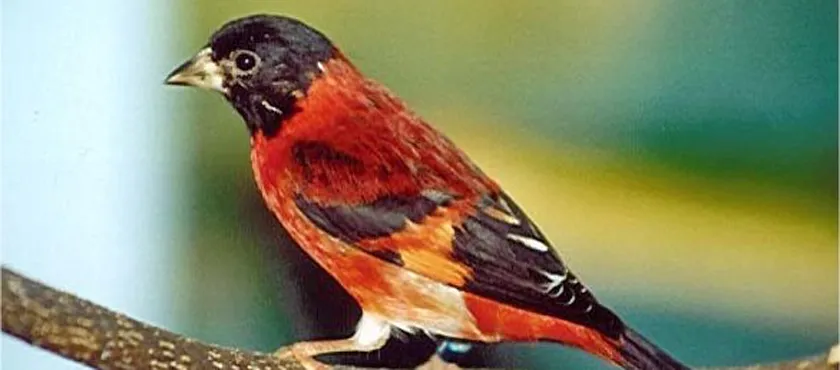
Small bird that measures 10 cm in length, whose red and black plumage gives it a striking and unmistakable appearance. The head, wings and tail are black, the body red vermilion and the center of the belly white. It presents very marked sexual dimorphism. The male is the one that has the striking coloration pattern, while the female only keeps the light red in the chest and the rest of the body is grayish, like her head. Previously it was named as Spinus cucullata
Distribution:
Its main past and present distribution is in Venezuela. In Colombia, there is a small population in the vicinity of Cúcuta. Information was available on a population introduced in Puerto Rico, but there are no recent reports. In southwestern Guyana, an apparently medium-sized population was reported, more than 950 km from the Venezuelan population. In Trinidad it was a sparse bird and it has been reported extinct since 1960. It is considered that the records in Cuba are of birds escaped from captivity. From its original distribution in Venezuela, which encompassed the Cordillera de la Costa, Andean mountain range, Portuguesa mountain range, Nirgua massif, Turimiquire massif, arid areas of Lara-Falcón, and high plains, only isolated groups survived, mainly in the states Zulia, Lara, Falcón, Barinas, Mérida, Guárico and Miranda. It occupies several premontane habitats, including humid and very humid forests in the cordilleras, and thorn scrub in arid zones, generally between 400 and 1,500 m of altitude, although it maintains preferences for open, relatively dry forests and at low altitudes. It has also been reported in intervened areas.
Common names:
Cardenalito, Colorado, Red siskin
We must make efforts so that our impact on the environment and natural environment is less and deepen on the measures that must be taken to achieve satisfactory results in the framework of the preservation of fauna, flora and natural environments.
Other sources:
Harpy Eagle: http://venezuelaverde.net/aguila-arpia-una-specie-venezolana-vulnerable/
Cunaguaro: http://venezuelaverde.net/cunaguaro/
Pink Dolphin: http://venezuelaverde.net/delfin-rosado/

